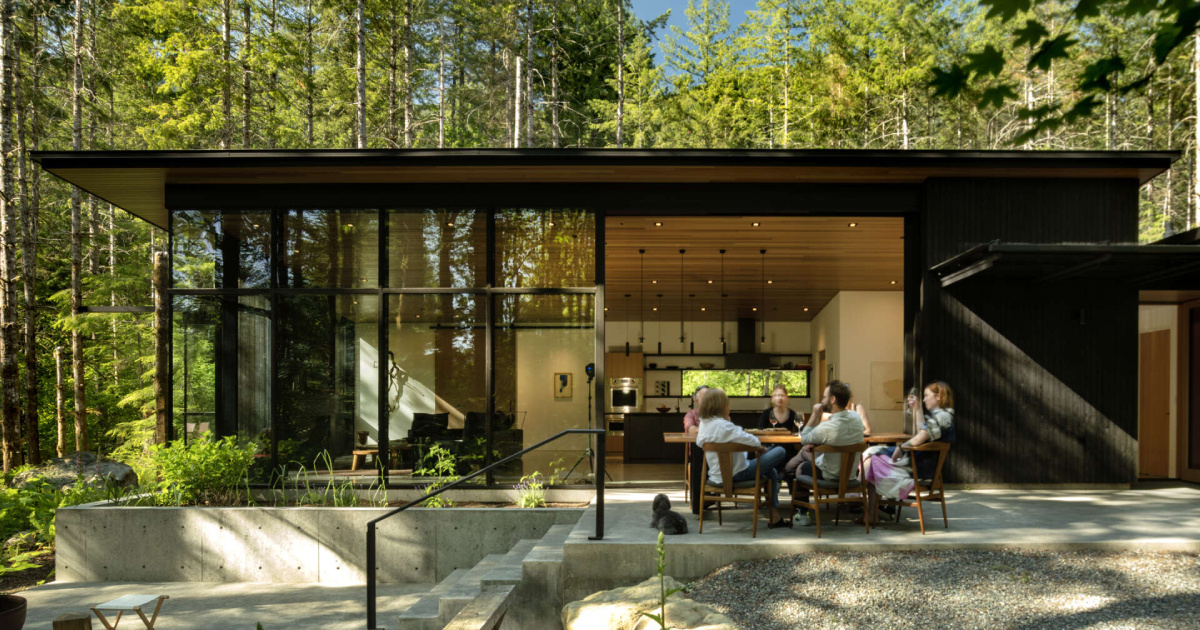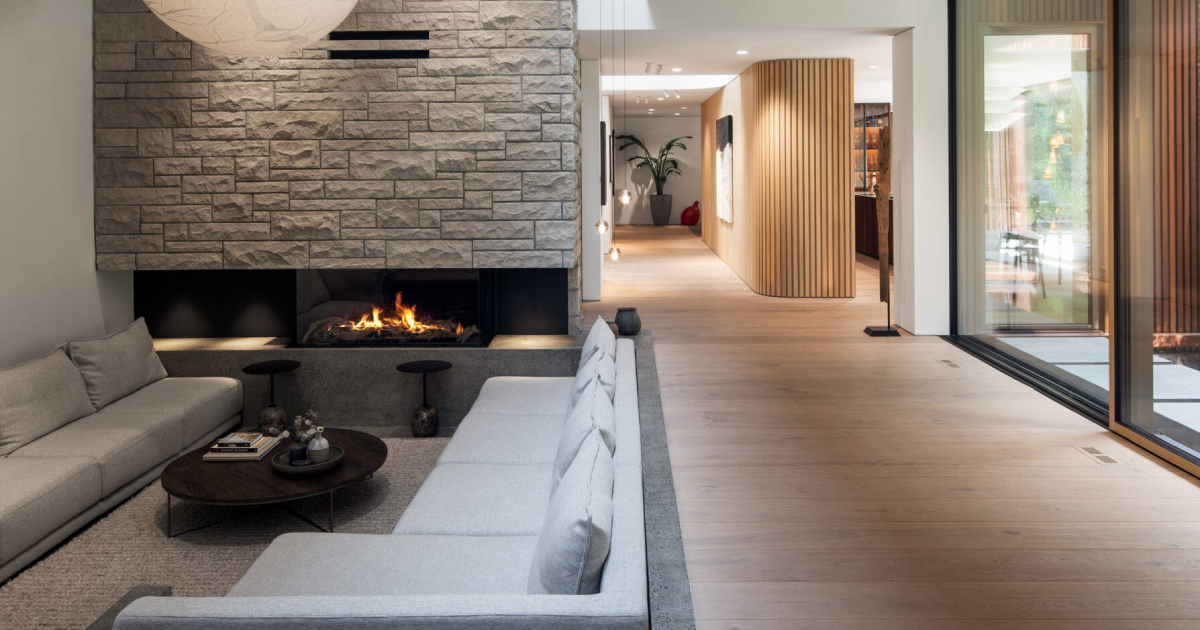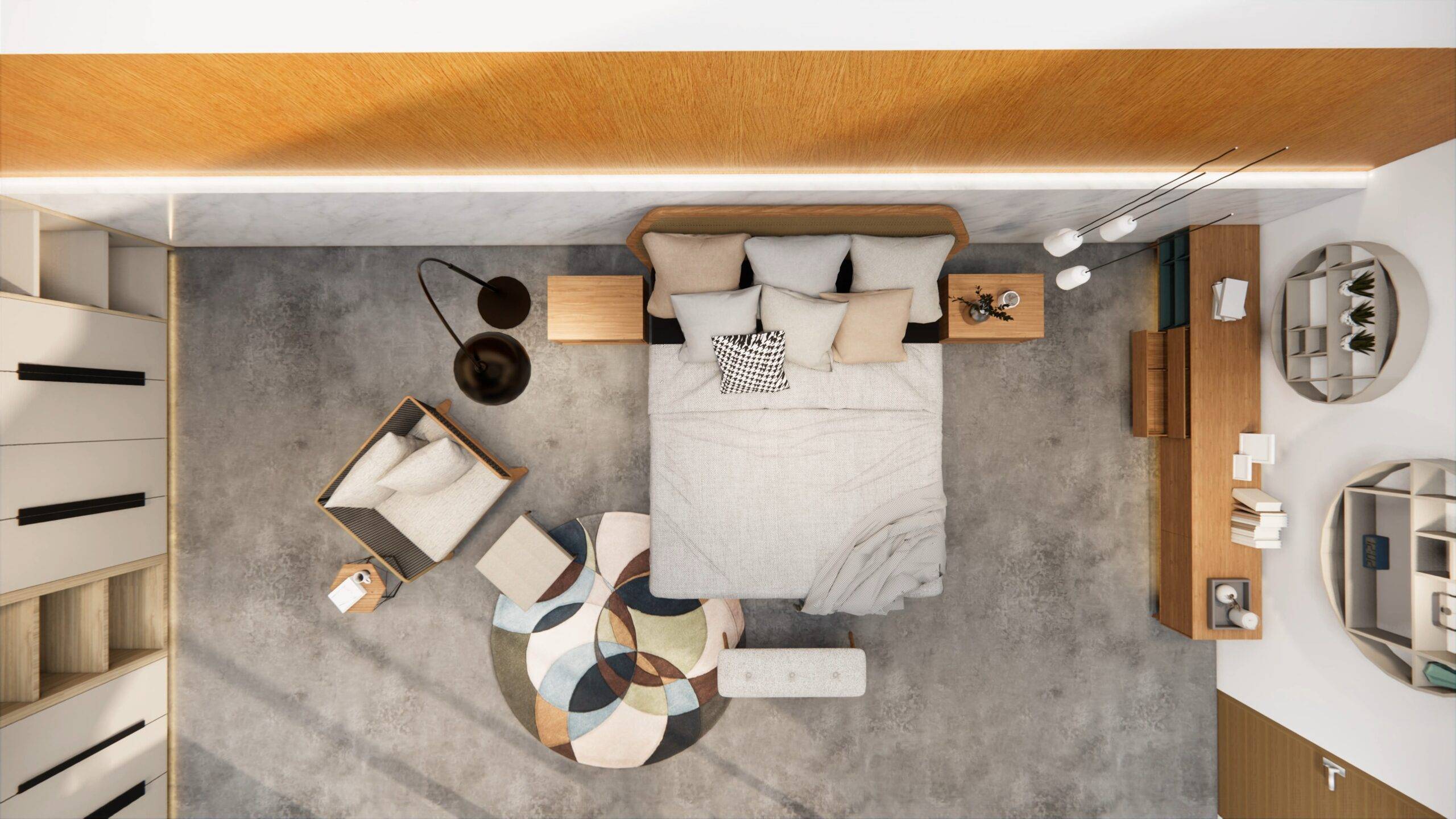snaptrude uses AI to generate editable 3D architectural models from simple text descriptions

Architecture at a Turning Point, working smarter with ai
While a book or piece of music can be easily set aside if it doesn’t capture our interest, architecture is different. A building endures for decades, and it shapes the landscape and influences the lives of its occupants for years to come. This permanence brings with it a unique set of challenges: architects must design spaces that impact collective life, often under tight deadlines, limited budgets, and significant pressure. In addition to navigating complex regulations and coordinating construction, architects face the misconception that design is simple, or that anyone could do it. The constant balancing act between quality, cost, and speed often leads to sacrifices — whether in time, health, or the integrity of the project itself. This cycle not only wears down the profession but diminishes society’s understanding of the true value of design.
The well-known “good, fast, and cheap” triangle is rarely resolved without the architect sacrificing their own time, health, or even the quality of the project. Repeated for decades, this equation fuels a cycle of wear that not only undermines the profession but also depreciates the value of design in society, even diminishing the role of such a beautiful and important discipline.
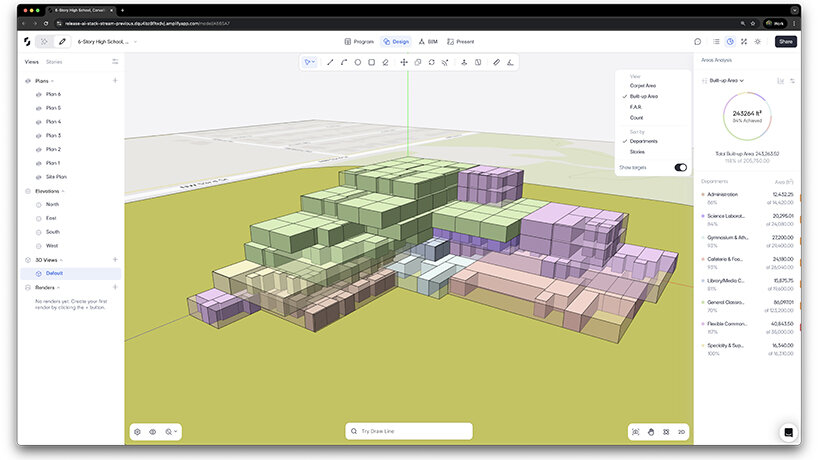
Courtesy of Snaptrude
And if the cultural and economic context already exerts pressure, the technology available has offered little relief. The Architecture, Engineering, and Construction (AEC) sector still relies on fragmented software and workflows, many conceived in another era, demanding exhaustive attention at every stage of the process. Although these tools have been used to build some of the most advanced structures in the world, they have not kept pace with the growing complexity of projects or the urgency of contemporary deadlines. The result is all too familiar: long working hours, overburdened teams, and little room for creative reflection.
Artificial intelligence emerges in this scenario not as a threat of replacement, but as a strategic collaborator. Its impact is particularly evident in the early stages, when architects spend valuable time on repetitive tasks or data gathering. Generating a layout from program requirements, cross-checking codes in real time, running early energy simulations, or producing reference images in seconds reduces friction and creates room for more critical design decisions. Instead of reinforcing the logic of “working more hours to compensate,” AI points toward a shift: working more intelligently and strategically, focusing on what truly matters.
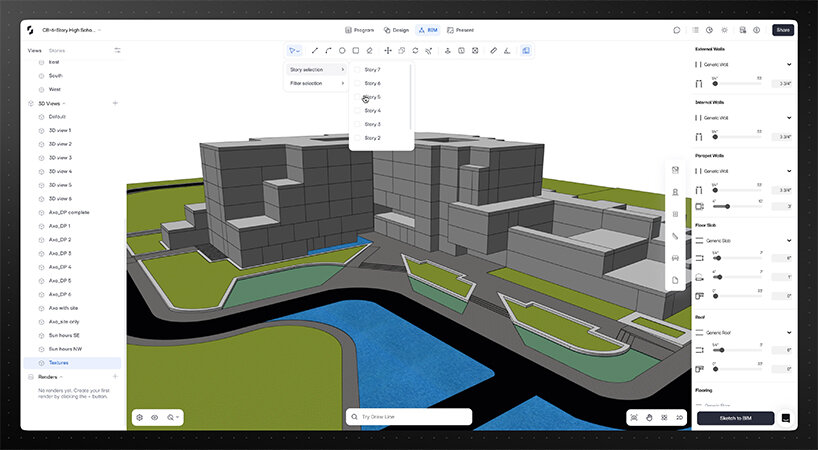
Courtesy of Snaptrude
The Case of Snaptrude
Among the emerging platforms, Snaptrude has stood out for integrating AI directly into the early phases of design. Unlike software that requires the manual construction of masses or layouts, the tool allows a project to begin from textual descriptions, simply indicate building type, site, and program, and the system generates an initial spatial proposal.
From there, the model remains fully editable and can be refined by the architect at any time, ensuring creative control without wasting hours on repetitive tasks. In addition, Snaptrude incorporates AI-assisted research, integrating building codes, accessibility standards, and cost benchmarks directly into the design environment; real-time analysis, which automatically cross-checks information such as program areas, flows, and spatial proportions to reduce errors; and instant rendering and visualization, eliminating the need to export models to other software and enabling rapid testing of materials, openings, or urban contexts without breaking the creative flow.

Courtesy of Snaptrude
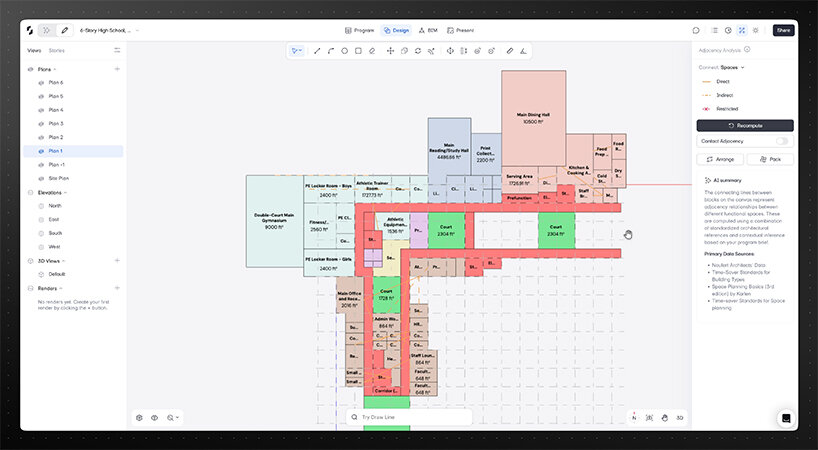
Courtesy of Snaptrude
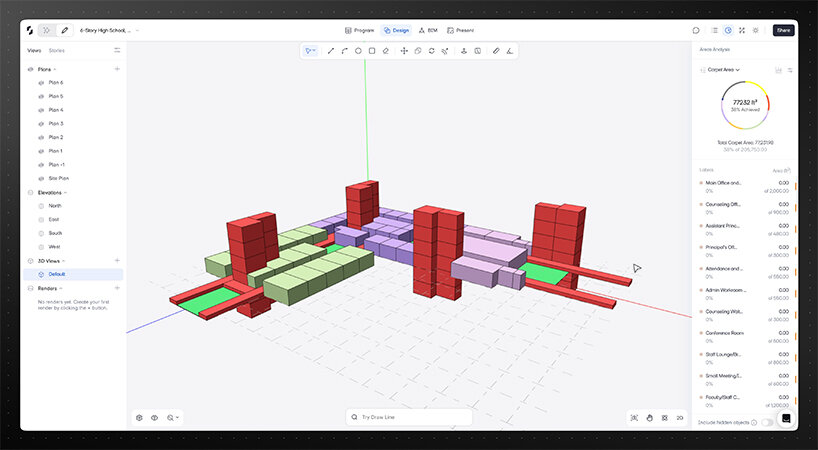
Courtesy of Snaptrude
Instead of spending days structuring a preliminary study, teams can arrive at a solid concept in just hours, validated by data and ready to be refined alongside clients and other stakeholders. These functions have a direct impact on productivity by easing the burden of repetitive work, and AI can give architects back something fundamental, that is time to think, to investigate materials, refine solutions, and defend the value of their ideas. More than a promise of productivity, artificial intelligence can help revalue the intellectual work of architecture, which has always gone beyond the mere delivery of technical documents.
Artificial intelligence does not eliminate the complexity of architecture, nor does it guarantee shorter workdays. But it opens the possibility of reorganizing daily practice, reducing mechanical tasks and freeing energy for what truly demands critical and creative attention. The issue is not producing more in less time, but working more strategically, no longer absorbing alone the costs of an imbalanced system. Perhaps therein lies the opportunity to redefine, more fairly, the impossible equation of the profession.

Courtesy of Snaptrude
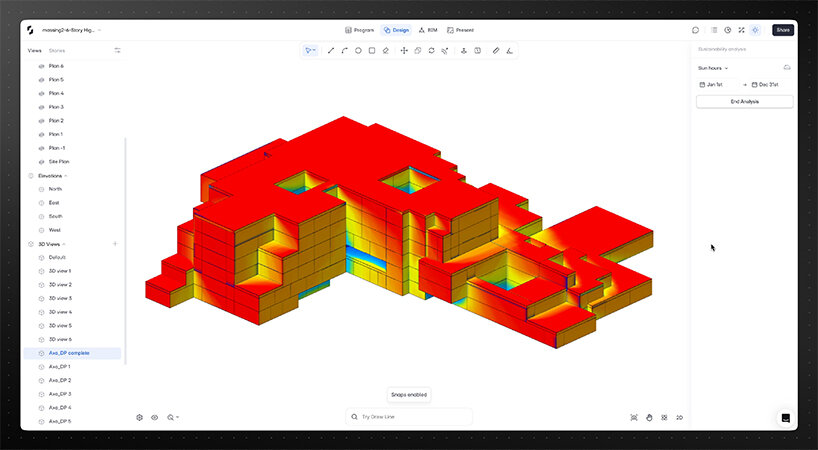
Courtesy of Snaptrude
Guest Feature by Eduardo Souza / ArchDaily
The post snaptrude uses AI to generate editable 3D architectural models from simple text descriptions appeared first on designboom | architecture & design magazine.
What's Your Reaction?
 Like
0
Like
0
 Dislike
0
Dislike
0
 Love
0
Love
0
 Funny
0
Funny
0
 Angry
0
Angry
0
 Sad
0
Sad
0
 Wow
0
Wow
0


